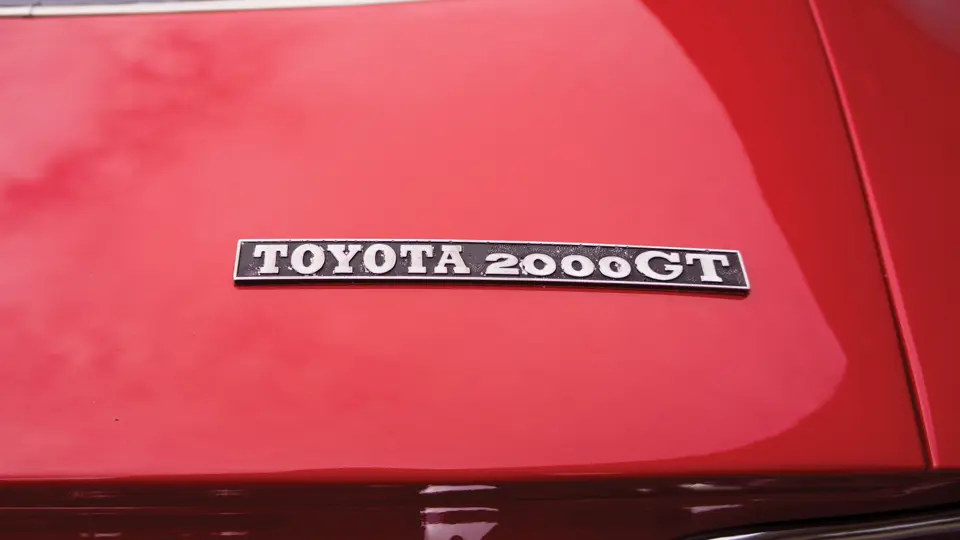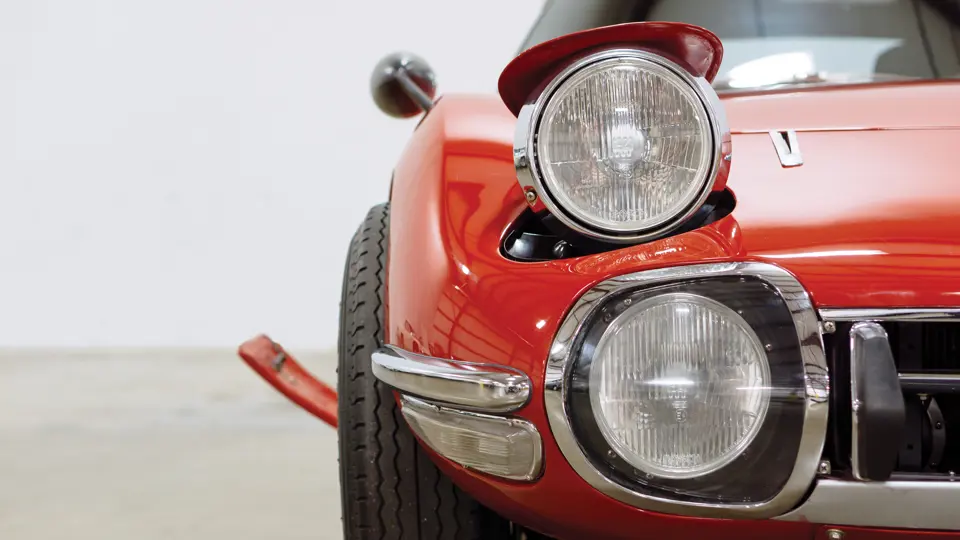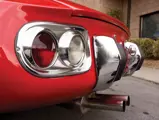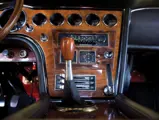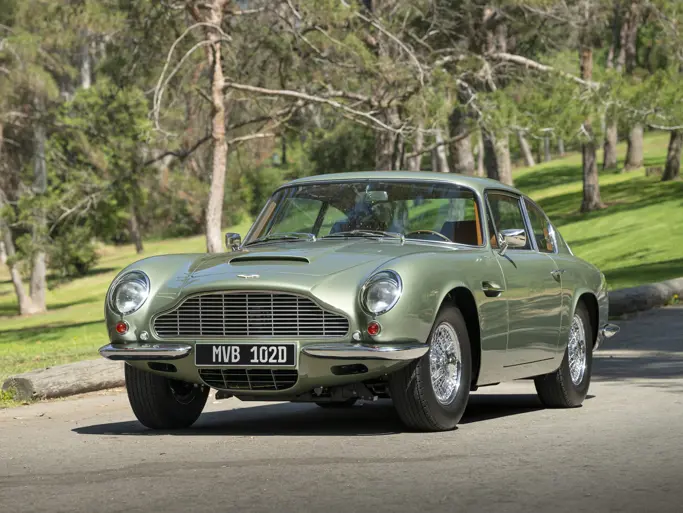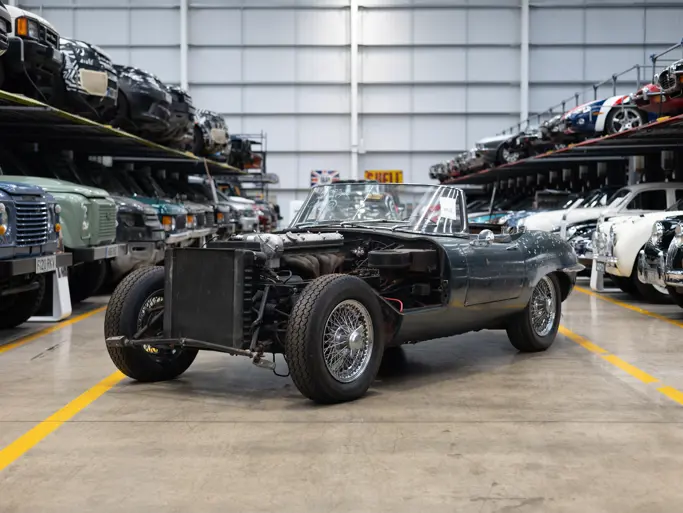150 bhp, 2,000 cc DOHC Yamaha aluminum hemi-head inline six-cylinder engine with three Solex twin-choke side-draft carburetors, five-speed fully synchromesh manual transmission with overdrive, four-wheel independent suspension, and four-wheel power-assisted Dunlop disc brakes. Wheelbase: 91.7 in.
Little did the attendees know at the time, but the 1965 Tokyo Motor Show would signal a significant shift in the automotive world. Certainly the most desirable sports cars in the world were “Western.” Italy’s Ferrari 275 GTB, Britain’s Jaguar E-Type, Germany’s Porsche 911, and the American Chevrolet Corvette all satisfied a youthful urge in the automotive market for sprightly and beautifully designed sports cars. Japan, however, had never produced a car that could pluck at the heartstrings of enthusiasts…that is until the 2000GT made its grand debut.
In comparison to what preceded it and its contemporary competition, the 2000GT was almost otherworldly. Here was an automobile that could compete with the world’s most sophisticated sports cars, not only in terms of performance but also in design. Yamaha, which was heavily involved in precision motorcycle manufacture at the time, created the car’s underpinnings. Toyota saw this as an opportunity to shake their reputation of producing rather conservatively designed economy cars. The 2000GT project would show the world that Toyota could construct a world-class car that was both refined and exciting and that they could reach a design equilibrium that perfectly balanced aerodynamic efficiency with aesthetic excellence.
In an article written by a Toyota designer in the 1967 fall issue of Automobile Quarterly, it is evident that tremendous consideration was given to the overall design language of the 2000GT.
As for the interior design, the Toyota stylists believed that the interior should be as much about comfort as it is about fashion. “As a Grand Touring car, it should have the equipment and layout to respond to a high degree of driving skill. Unlike the usual concept of a sports car, which presupposes a certain amount of discomfort and austerity, it should possess an air of comfort and affluence. It should be the kind of car in which its owner can enjoy a leisurely drive in town or a fast zip through the countryside.”
While the interior was strikingly appointed with wood veneer sourced from Yamaha’s own piano division and leather, it featured nothing more than what is necessary for a driver to enjoy the car as a grand tourer. Owners could easily acquaint themselves with their surroundings, and nothing essential to driver control or passenger comfort was ever far from reach.
Even though its engine was based on the inline-six of the second-generation flagship Toyota Crown Sedan, the 2000GT would prove to be the most exciting car in the Toyota model range, not only due to its timeless, sleek styling but also due to its Yamaha-developed twin-cam head. With its triple side-draft carburetors, the engine could produce 150 horsepower, and the vehicle had a curb weight of just 2,400 pounds. This allowed it to achieve a favorable 49/51 weight distribution, which made it quite light on its feet and a joy to drive on a winding mountain road. Motor Trend lauded it as “one of the most exciting and enjoyable cars we’ve driven.”
Adding to the desirability of the 2000GT is its rarity. Only 351 examples left the factory by the time production concluded in 1970, and just 84 were produced with left-hand drive.
This particular 2000GT was built in December 1967 and sold new in Belgium, where the original owner kept and maintained the car until 1985, when it was acquired by its second owner, Karl Walterscheidt of Germany. Herr Walterscheidt, Germany’s first Toyota dealer and an avid enthusiast, decided to undertake a complete and thorough three-year restoration of the Japanese classic in 1999. After restoring the car, he took part in the 2010 Schloss Dyck Classic Days, where the car was featured as part of the Toyota display, with several other 2000GTs, and the new Lexus LFA. The owner, always willing to drive his car, also participated in the Nürburgring Classic rally.
This 2000GT was acquired by the current owner in February 2012, and it has most recently been mechanically refreshed. Additionally, the car includes more-supportive sport seats, which have been painstakingly trimmed in the correct-style material. The interior also features an updated Blaupunkt radio, although the original will also be included with the car, along with a number of additional spare parts, with some of them being NOS. Finally, the car retains a very rare, original, and complete tool roll, which is an increasingly difficult set to find whole.
The 2000GT can easily be designated as the most important sports car to ever come out of Japan. When considering its low production numbers, breathtaking design, exhilarating performance, racing pedigree, and historical importance, it is evident as to why these cars are desirable to many discerning collectors. Considering the comprehensive restoration and recent sorting of this example, it will surely make for a superb and rewarding drive, be it through winding canyon roads or down open stretches of highway.

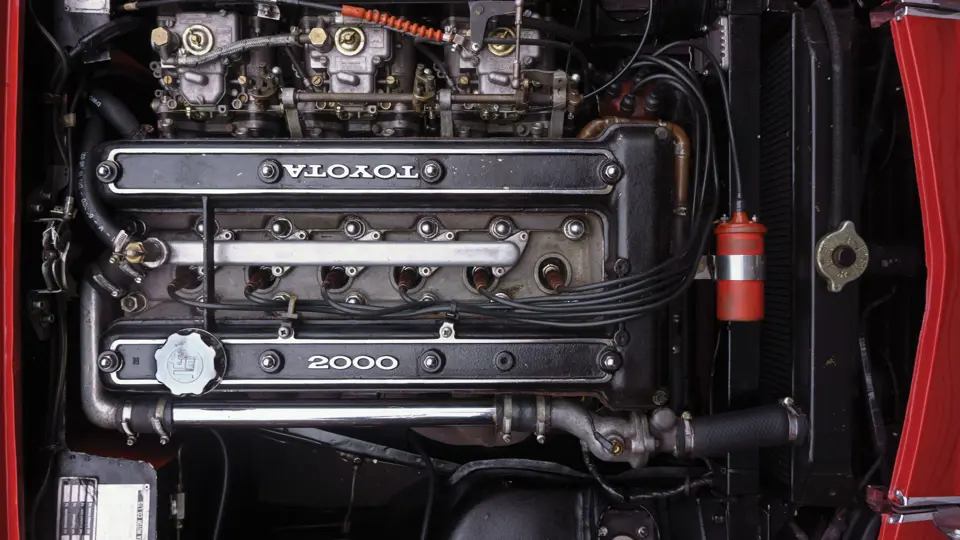


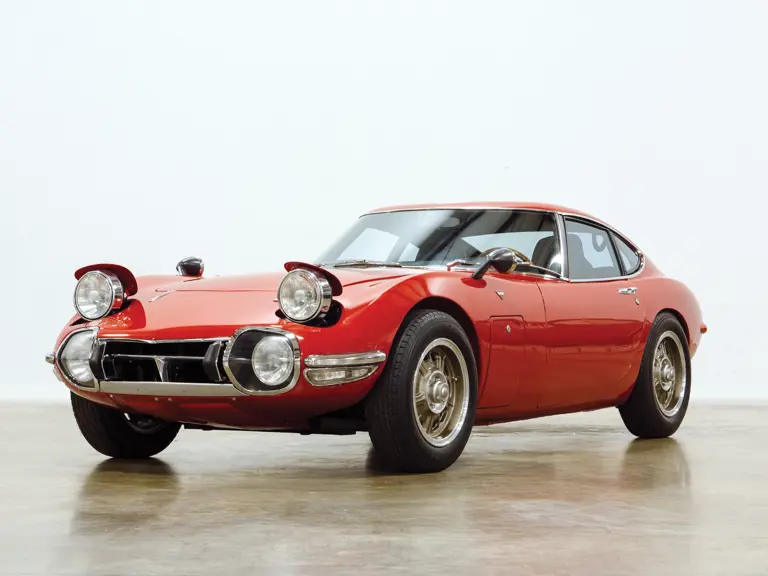
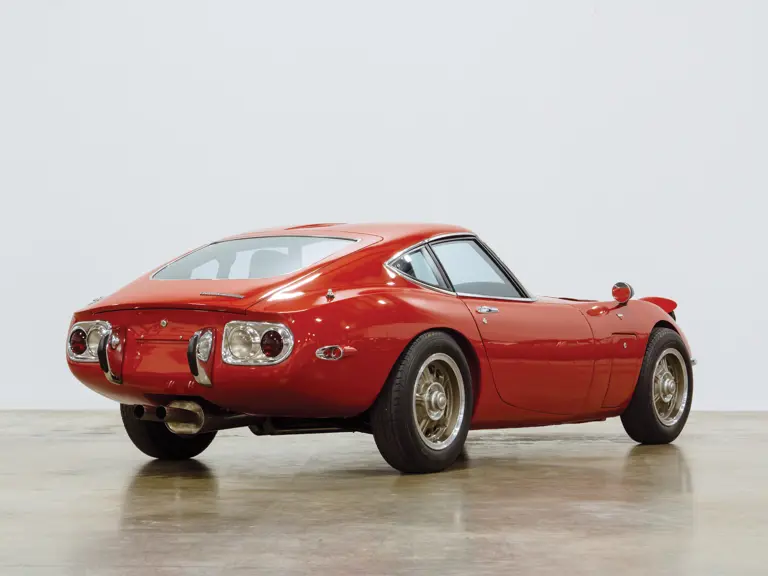


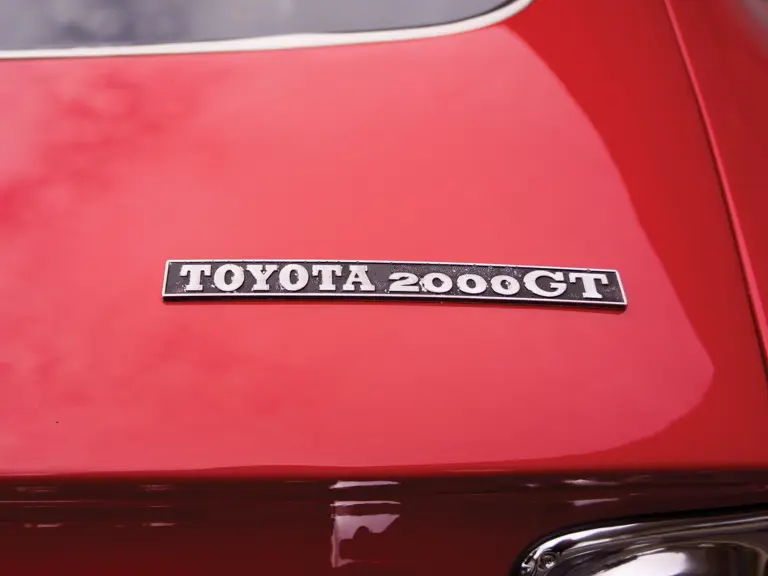
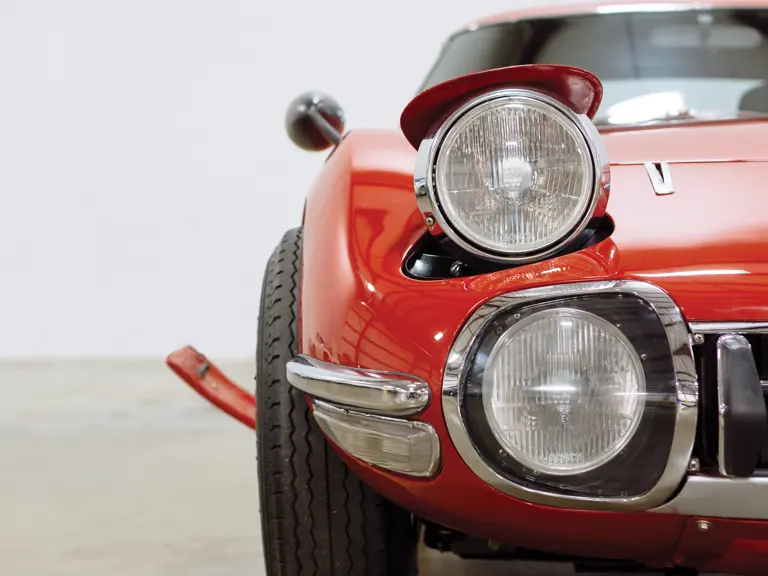
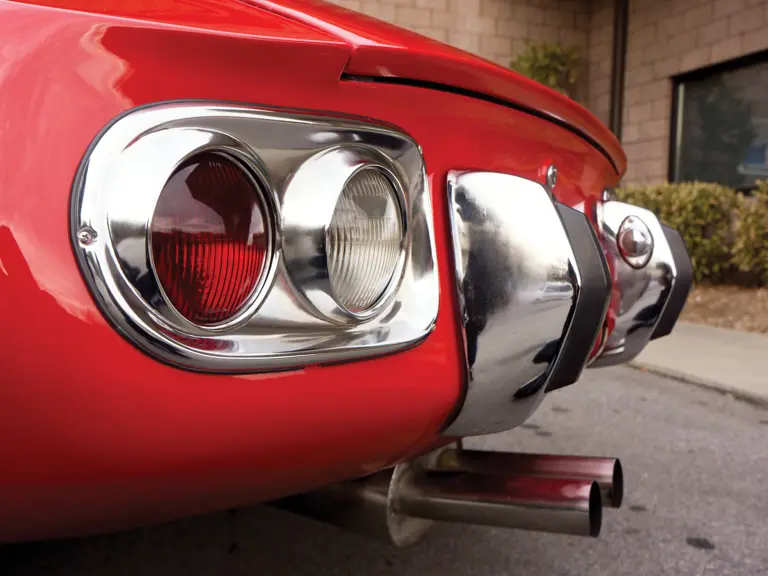
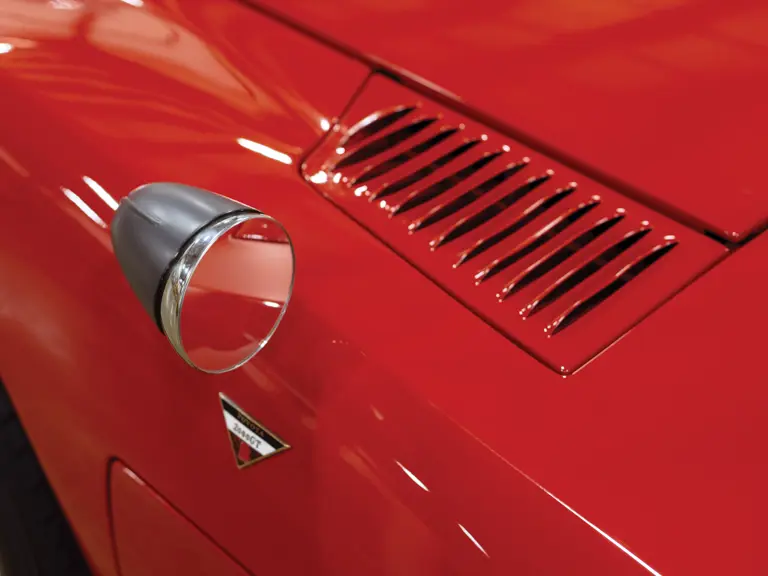

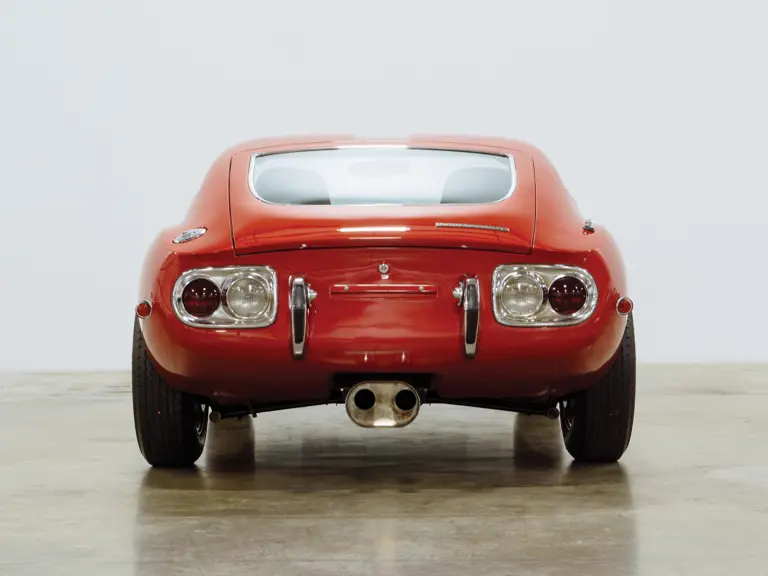
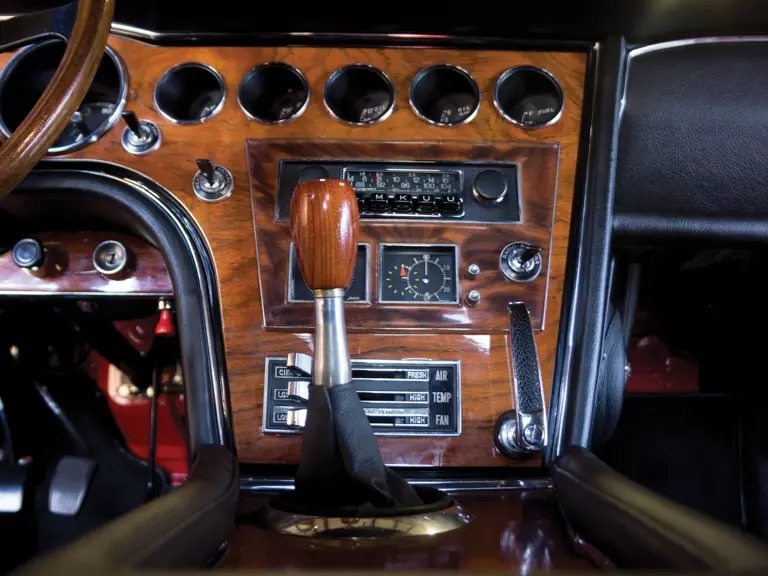
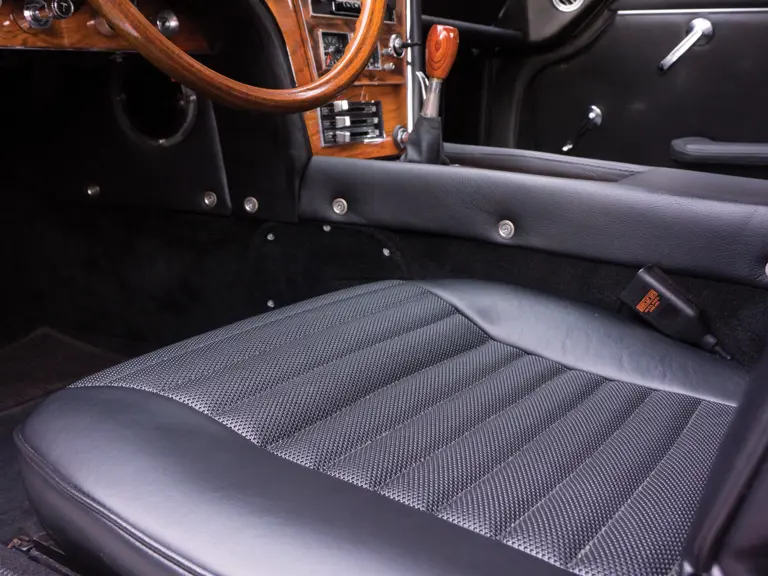
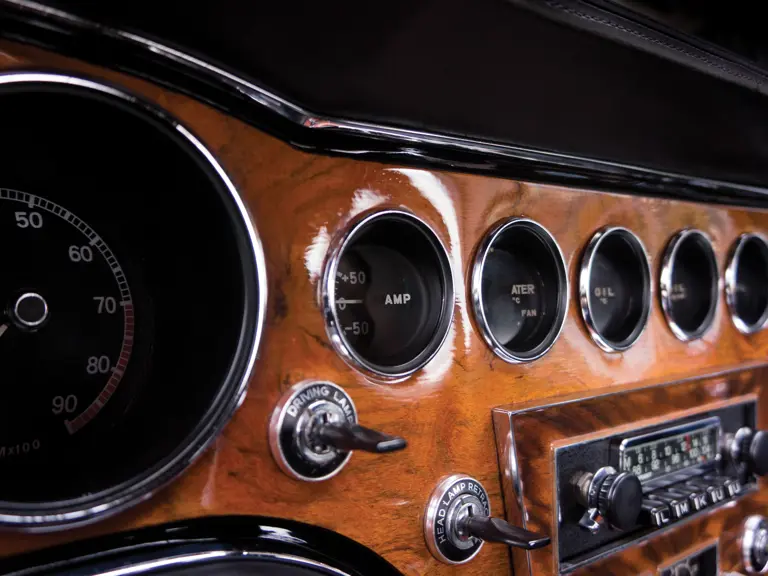
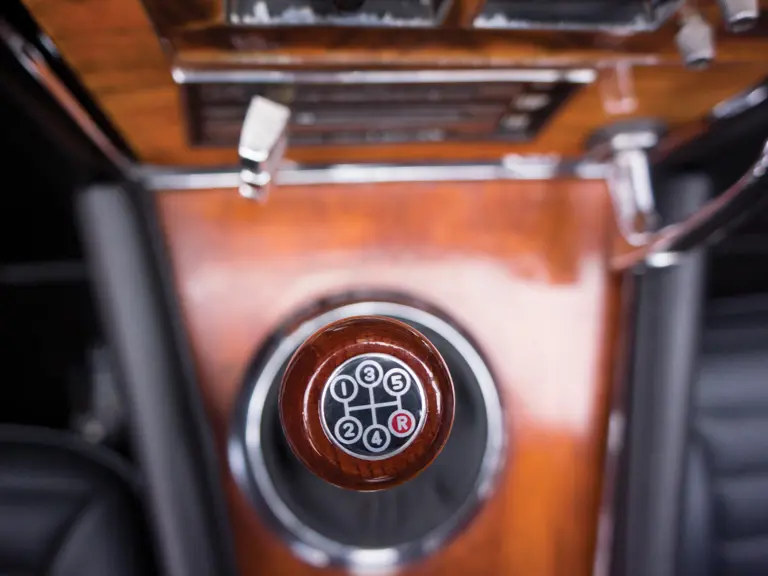
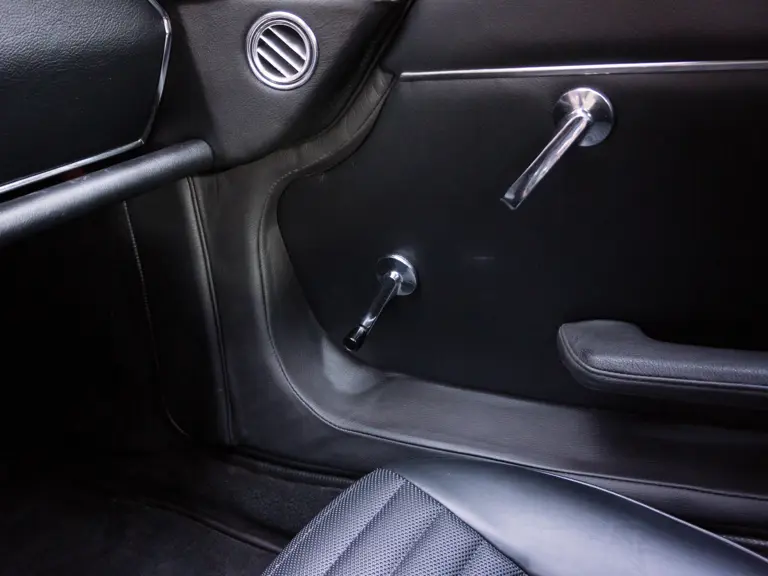
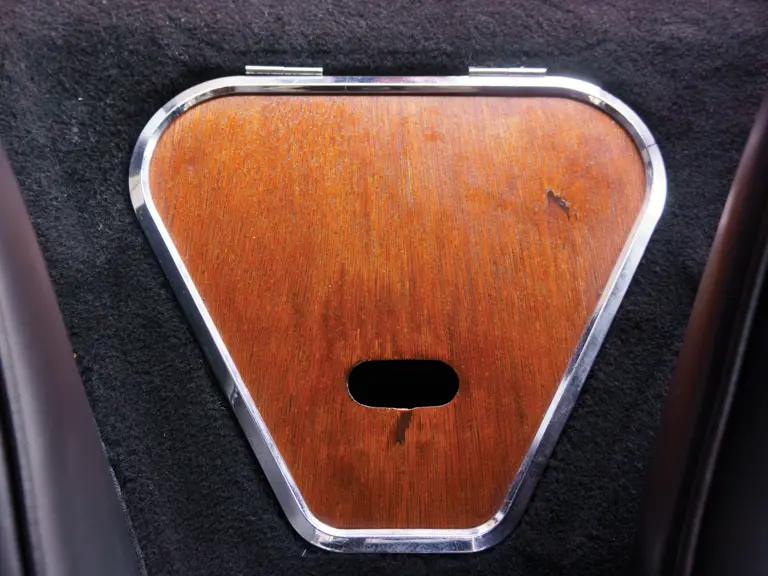
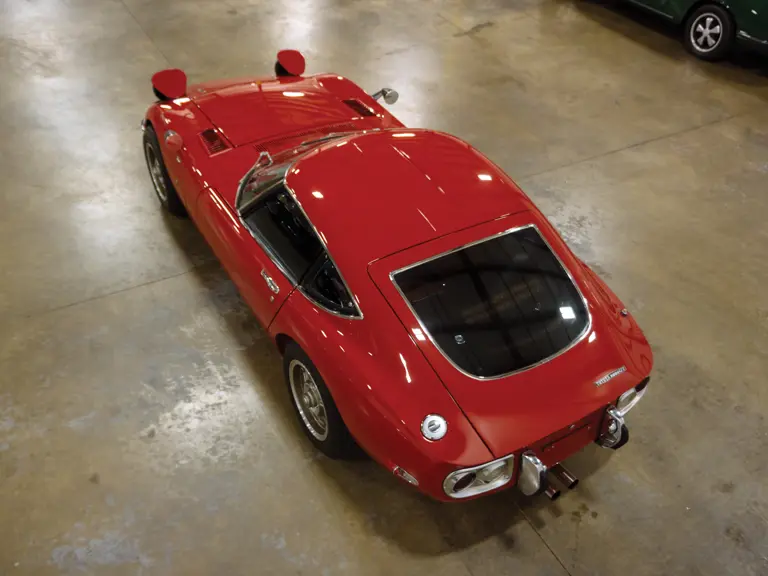
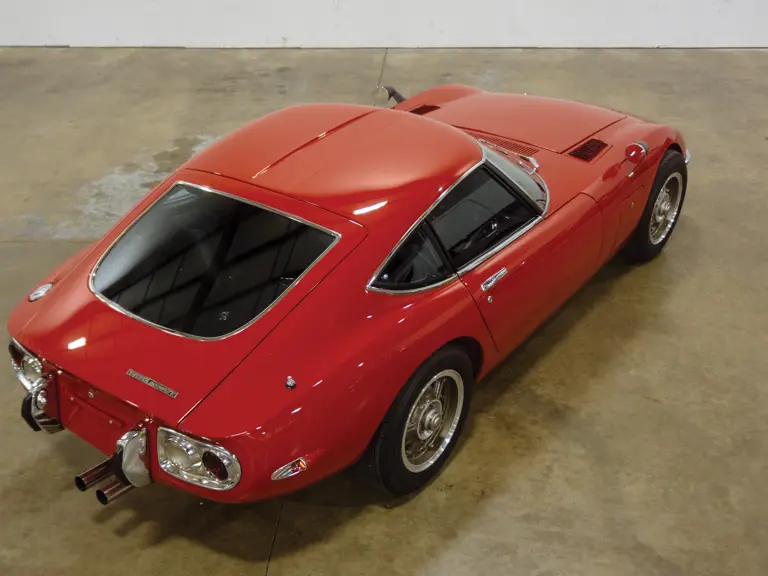




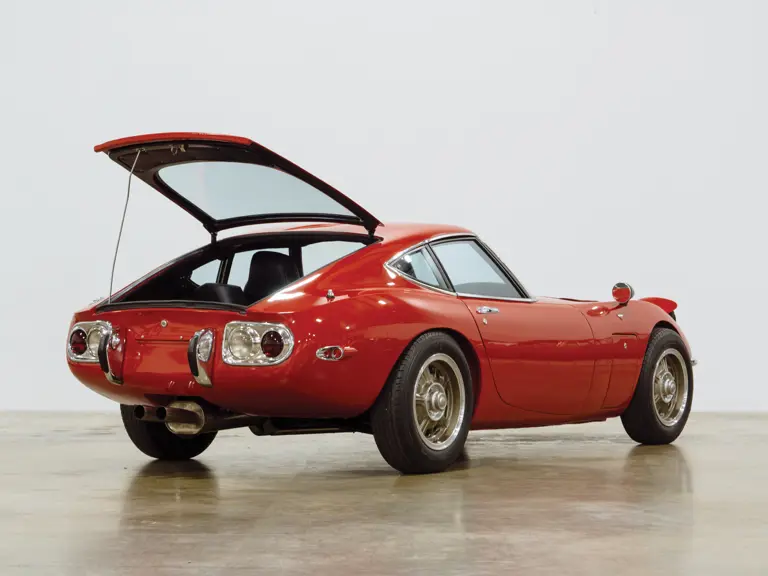
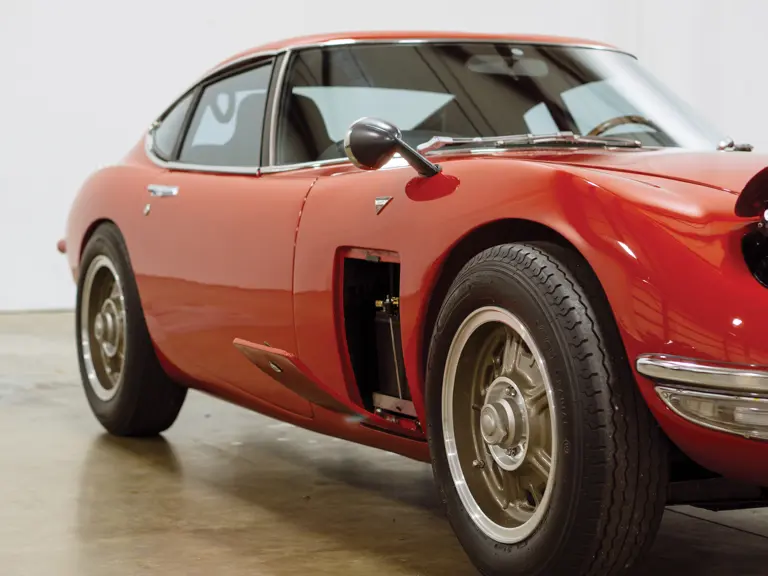
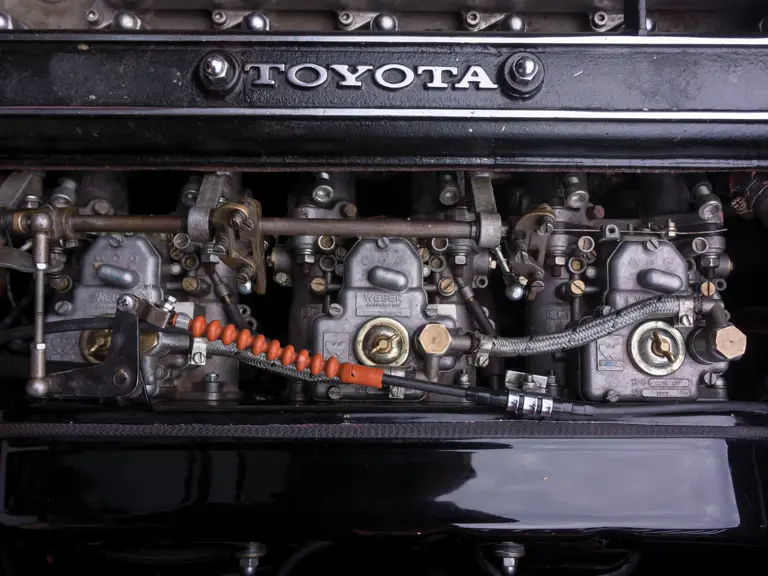
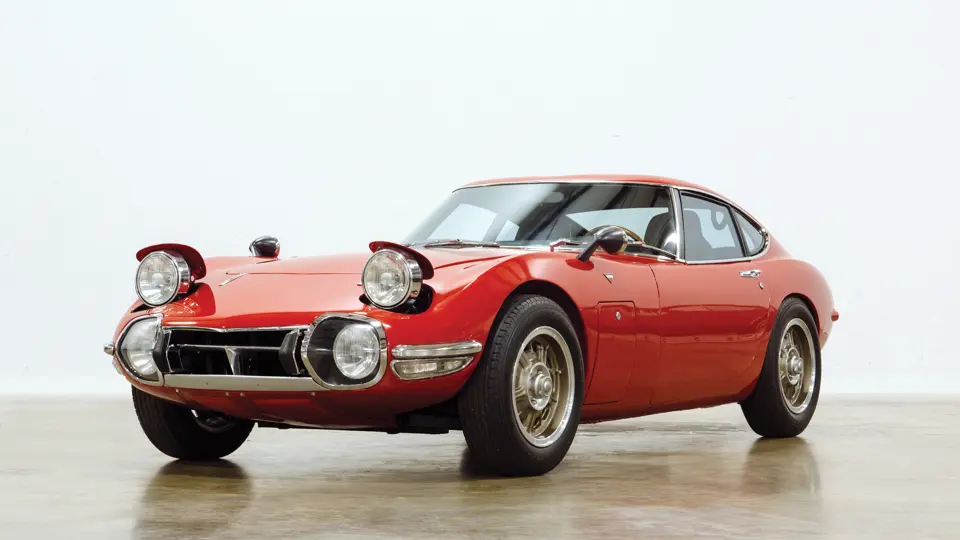
 | Amelia Island, Florida
| Amelia Island, Florida
